A parasitic plant is a plant that derives some or all its nutritional requirements from another living plant. They make up about 1% of angiosperms and are found in almost every biome. All parasitic plants develop a specialized organ called the haustorium, which penetrates the host plant, connecting them to the host xylem or phloem, or both. For example, plants like Striga or Rhinanthus connect only to the xylem, via xylem bridges (xylem-feeding). Alternately, plants like Cuscuta and some members of Orobanche connect to both the xylem and phloem of the host. This provides them with the ability to extract resources from the host. These resources can include water, nitrogen, carbon and/or sugars. Parasitic plants are classified depending on the location where the parasitic plant latches onto the host (root or stem), the amount of nutrients it requires, and their photosynthetic capability. Some parasitic plants can locate their host plants by detecting volatile chemicals in the air or soil given off by host shoots or roots, respectively. There are about 4,500 species of parasitic plants in approximately 20 families of flowering plants.
There is a wide range of effects that may occur to a host plant due to the presence of a parasitic plant. Often there is a pattern of stunted growth in hosts especially in hemi-parasitic cases but may also result in higher mortality rates in host plant species following introduction of larger parasitic plant populations.
Parasitic plants occur in multiple plant families, indicating that the evolution is polyphyletic. Some families consist mostly of parasitic representatives such as Balanophoraceae, while other families have only a few representatives. One example is the North American Monotropa uniflora (Indian pipe or corpse plant) which is a member of the heath family, Ericaceae, better known for its member blueberries, cranberries, and rhododendrons.
Parasitic plants are characterized as follows:
Obligate:
An obligate parasite cannot complete its life cycle without a host.
Facultative:
A facultative parasite can complete its life cycle independent of a host.
Stem:
A stem parasite attaches to the host stem.
Root:
A root parasite attaches to the host root.
Hemi-parasite:
A hemiparasitic plant lives as a parasite under natural conditions, but remains photosynthetic to at least some degree. Hemiparasites may obtain only water and mineral nutrients from the host plant, or many also obtain a part of their organic nutrients from the host.
Holo-parasite:
A holoparasitic plant derives all its fixed carbon from the host plant. Commonly lacking chlorophyll, holoparasites are often colors that are not green.
Source: Wikipedia
Genus Balanophora (Root Holo-parasite)
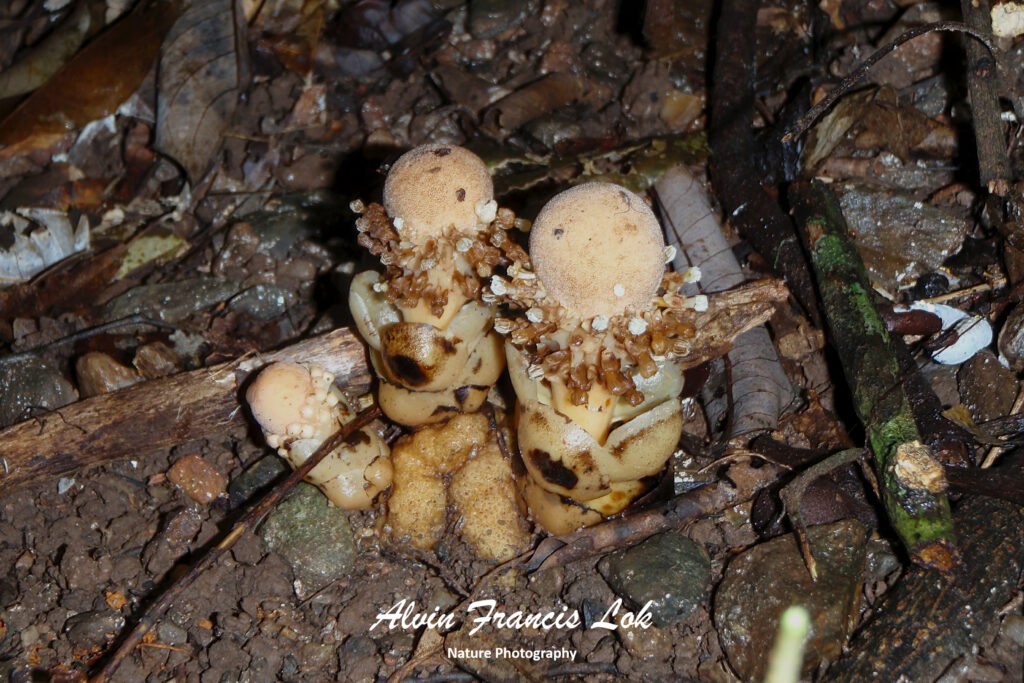
(Queensland, Australia)
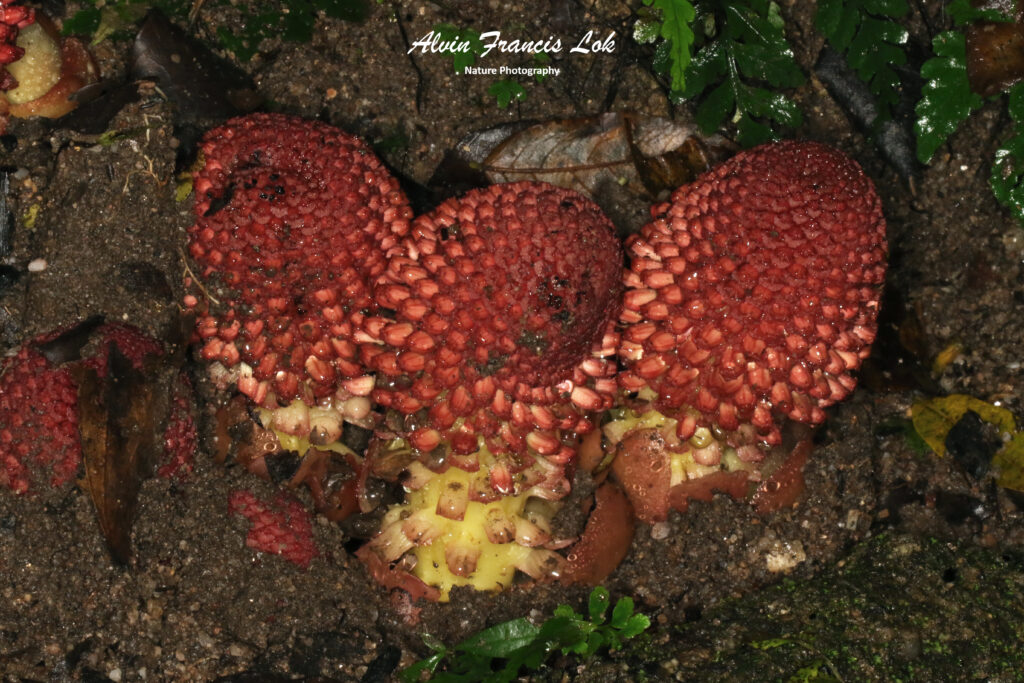
(Chiang Mai, Thailand)
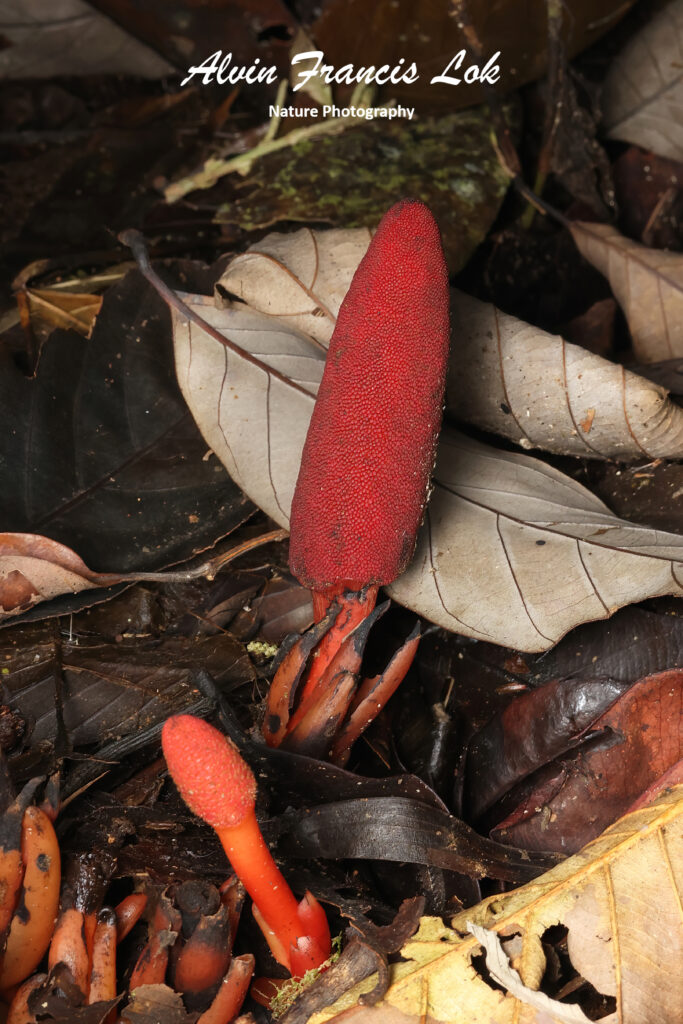
(Doi Inthanon, Chiangmai)
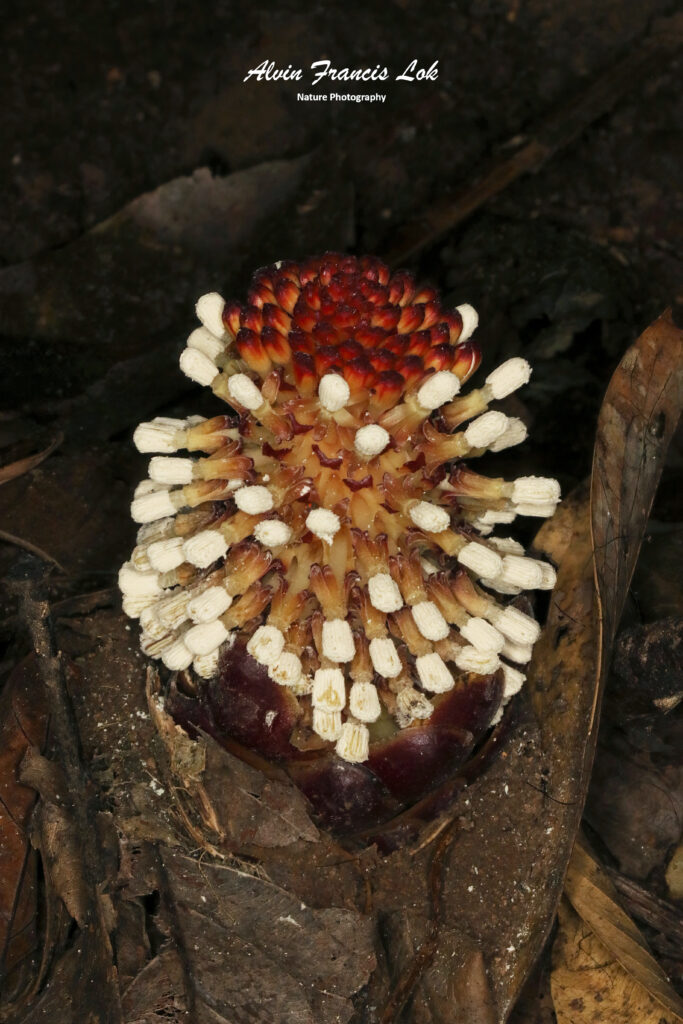
(Dalat, Vietnam)
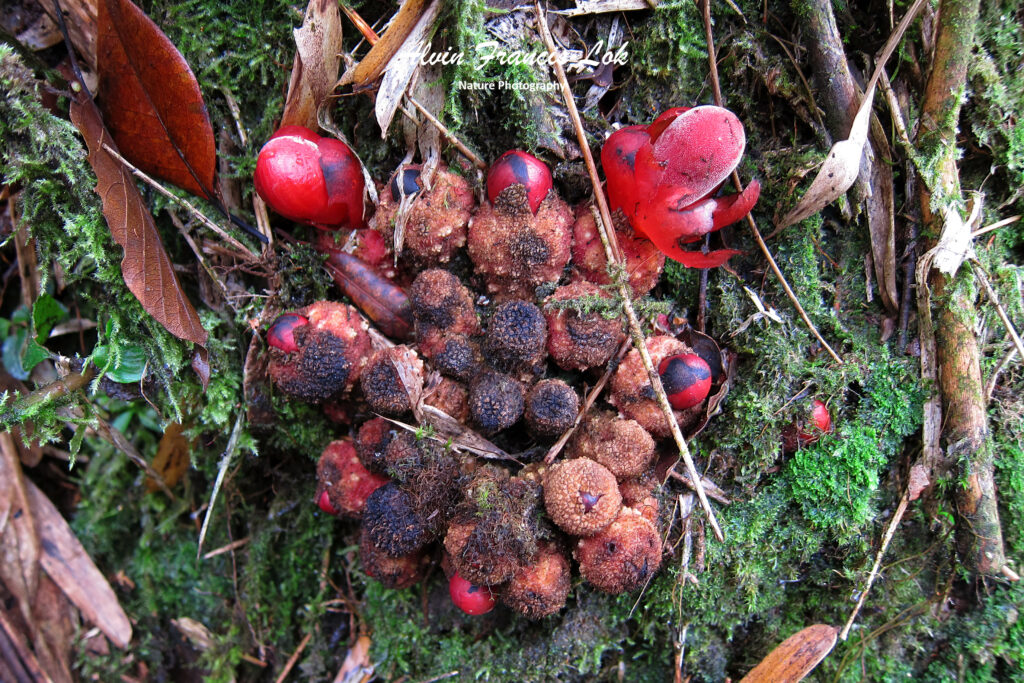
(Pahang, Malaysia)
Genus Rafflesia (Stem Holo-parasite)

(Sabah, Malaysia)
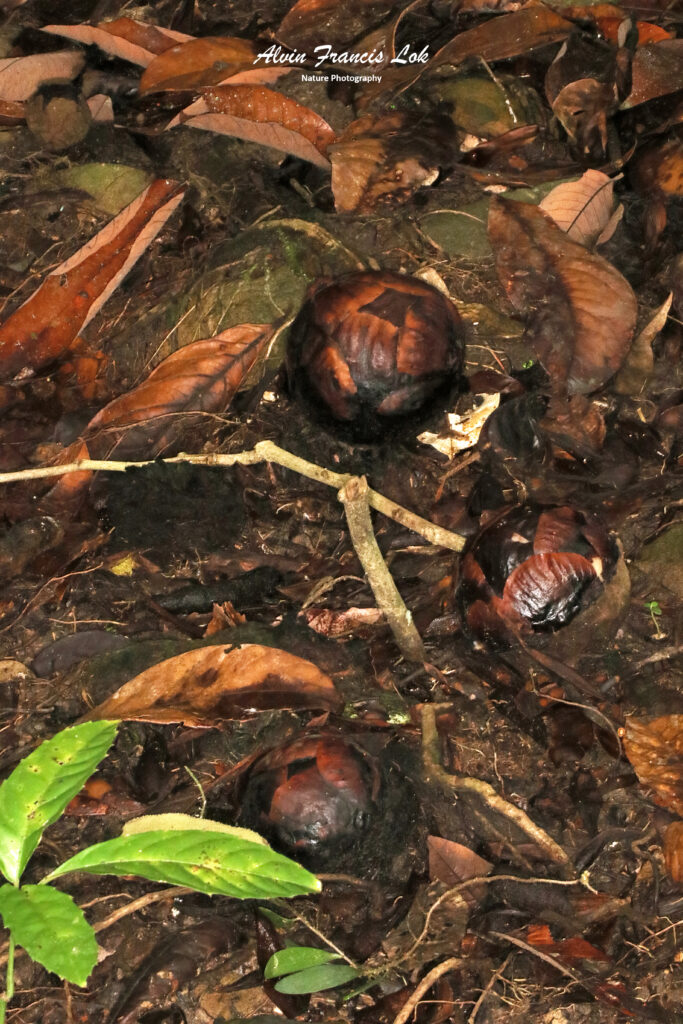
(Sabah, Malaysia)
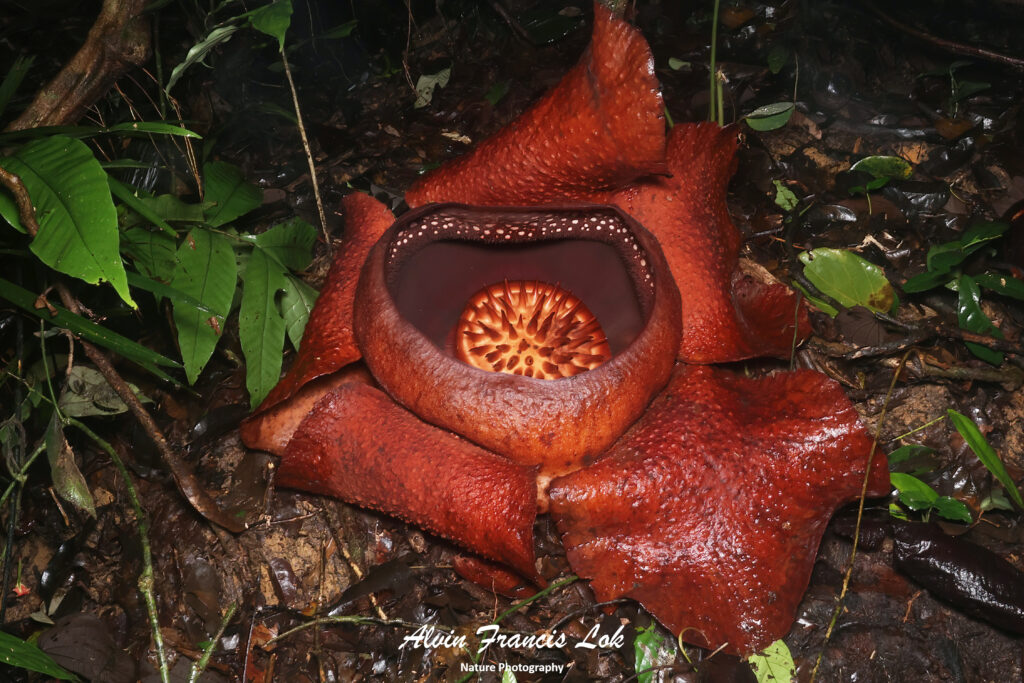
(Khao Sok NP, Thailand)
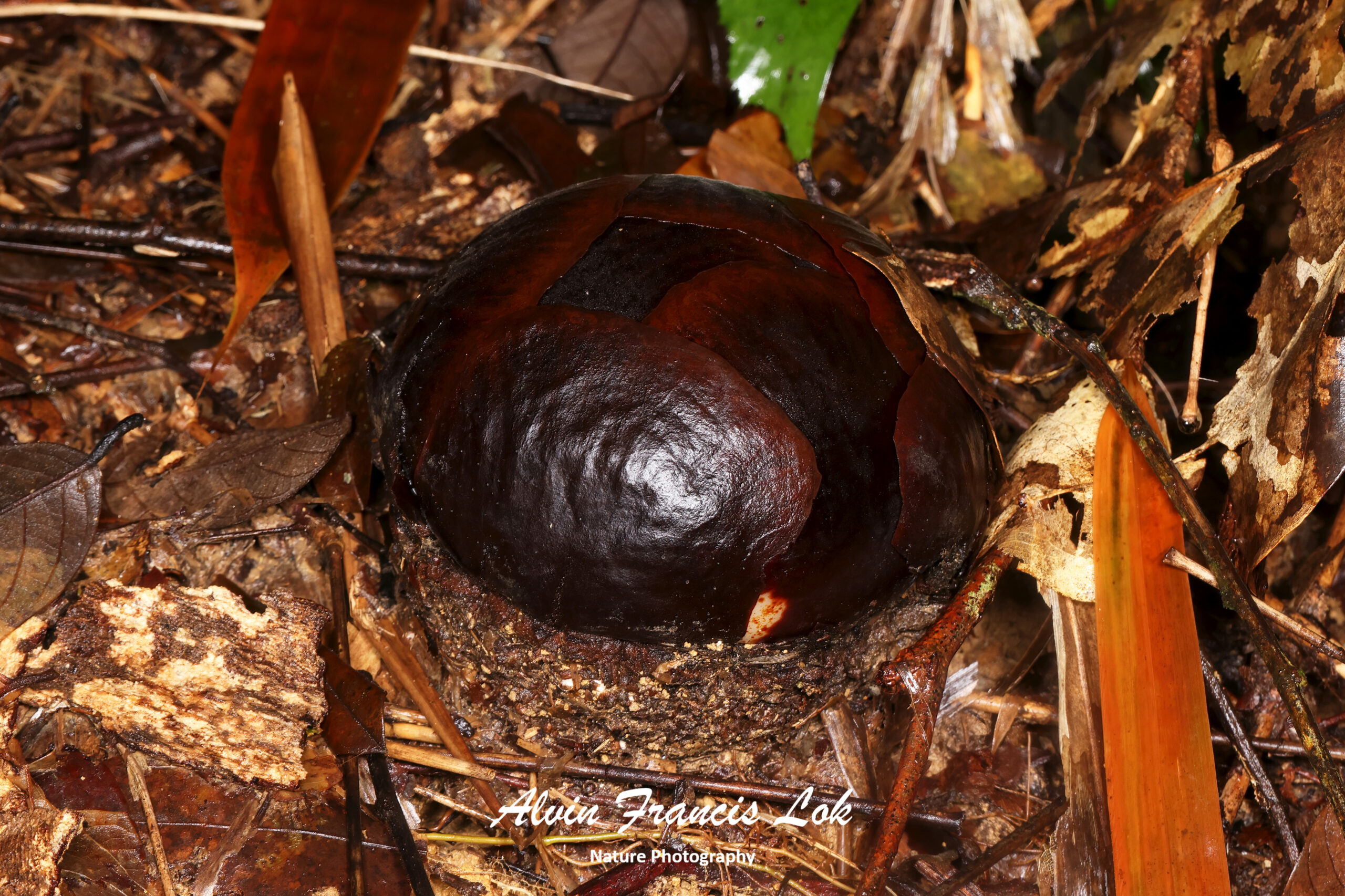
(Khao Sok NP, Thailand)
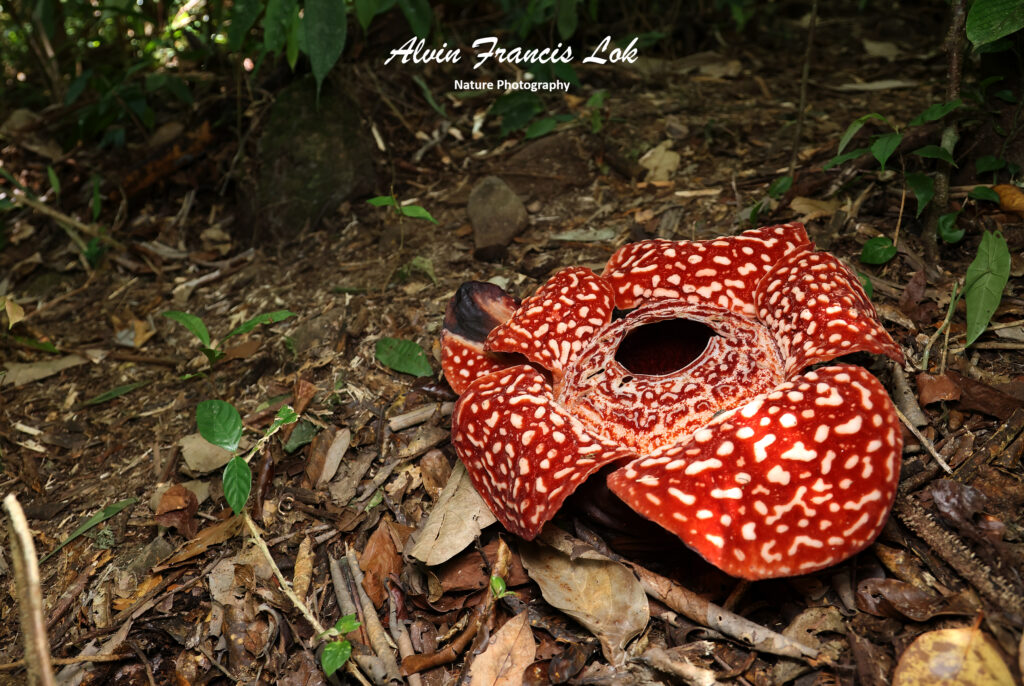
(Sabah, Malaysia)
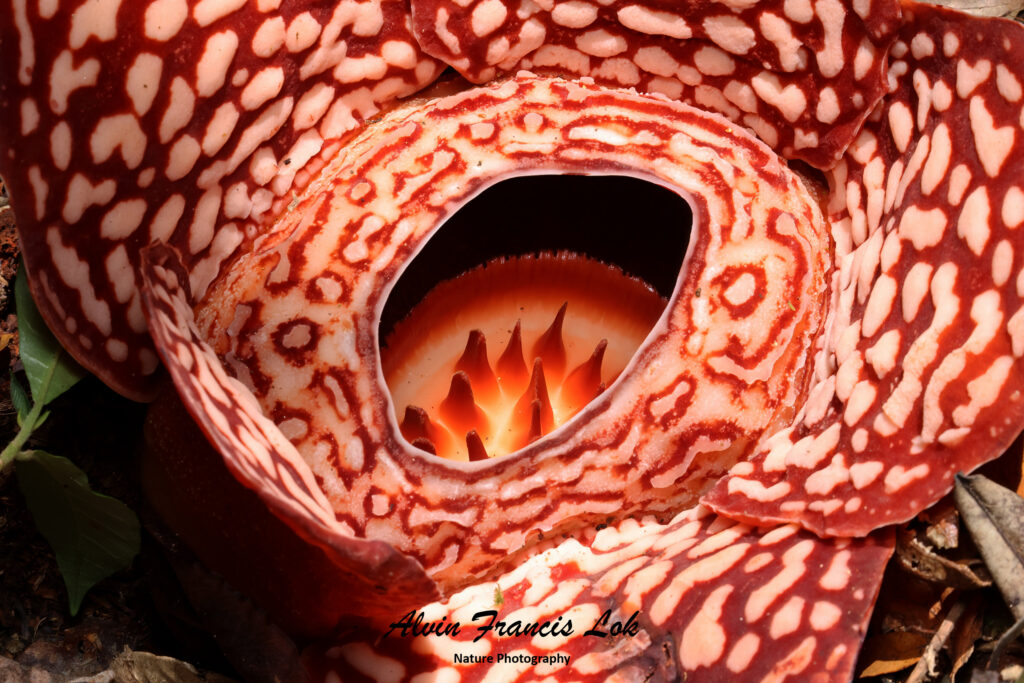
(Sabah, Malaysia)